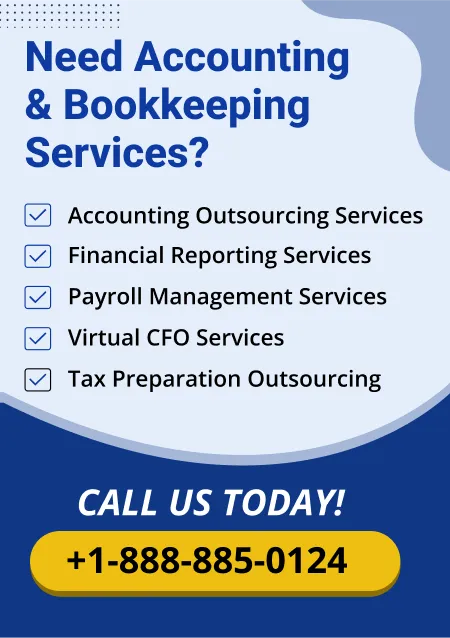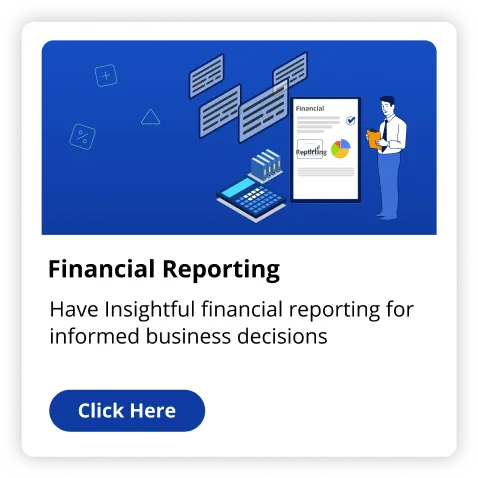Bookkeeping is essential for business growth. Bookkeeping is the practice of organizing and maintaining the financial records of a business. These financial records involve cash flow statements, monthly expenses, balance sheets, etc. Also, bookkeeping includes the management of the accurate amount of pay and receipts in books. It helps to manage the overall financial health of an organization. So, the companies can analyze their key financial information at any time with proper bookkeeping. This will help to make important financial decisions in small businesses. Here, we are going to simplify the basic ideas of bookkeeping. It also breaks down the complex areas in it.
Bookkeeping & Terms Must Know
Bookkeeping is an essential thing in managing finances. A bookkeeper records the financial transactions of the business. It is for ensuring accurate reports of income and expenses. The important bookkeeping terms you must know are as follows:
1. Accrual accounting
Accrual accounting is an important accounting method. This method records financial transactions when they occur. It gives an accurate picture of a business's financial health than cash accounting. After all, it considers all transactions for a given period. This accounting method is helpful for companies with inventory or accounts payable and receivable.
2. Inventory
Inventory is the stock of goods a business has on hand. They are waiting to be sold. The value of inventory can impact a company's financial statements. That's why accurate tracking and management are vital.
3. Double-entry bookkeeping
Double-entry bookkeeping is a system. It is where each transaction is recorded in two accounts. They are debit accounts and credit accounts. This system gives a more accurate picture of a business's financial health than single-entry bookkeeping. It also helps identify errors in recordkeeping.
4. Accounting ledger
An accounting ledger is a book or considered as a system. It is used for recording financial transactions. It's the hard base of any business's financial recordkeeping. Your accounting ledger is the hub for all your financial information, notably your accounts and financial transactions.
5. Accounts payable
AP called as AP Accounts payable are the amounts you owe creditors for services received. However, it still needs to be paid for. Managing your AP helps you to pay your bills on time. It also avoids late fees or damage to your credit score.
6. Accounting equation
The accounting equation is a relation between equity, business's assets and liabilities. This formula makes sure that the balance sheet stays accurate as well as managed. The equation is written as follows:
Equity = Total assets - total liabilities
Basically, a business is financially stable if its assets are greater than its liabilities. However, certain companies, such as those in service-based industries, may not have much equity or negative equity.
7. Accounts receivable
Accounts receivable (AR) are the money your customers owe you for services they bought but haven't paid for it yet. Tracking your AR is essential to ensuring you receive payment from your customers on time. Tracking your AR, usually with an aging report. It can help you avoid issues with collecting payments. Understanding your AR can also help you set efficient customer credit terms.
Things Need to Know Before Set up Bookkeeping for Small Business
Preparing bookkeeping for your business is an essential step. It will help to attain financial success. It helps to track your finances, monitor your cash flow, etc. Here we can keep an eye on the bookkeeping ideas.
1. Open a bank account for business
The first step is to open a bank account for business. It allows you to keep a separation in personal and business expenses. Bank accounts also enable companies to store their money safely and make transactions easily. There are different business bank accounts. Each of them has its own purpose and advantages. One of the common bank accounts is a checking account. This type of account is used in everyday life. It helps businesses to make unlimited deposits and withdrawals.
2. Choosing a Method of Accounting
There are two critical accounting systems are cash accounting and accrual accounting. If your business is still tiny, you may opt for cash-basis accounting. You'll likely use accrual accounting if you have payable and receivable accounts. A cash accounting system tracks cash flow. It enters and leaves your business in real time. You don't record accounts receivable and accounts payable under this. It is because they stood for future transactions only.
3. Financial transactions
Financial transactions are business actions that concern money. These are sales, costs, and charges. Recording and organizing these dealings is essential for effective bookkeeping. One of the most critical aspects of financial transactions is recording them accurately. It involves keeping track of all the money.
4. Software for Accounting
Picking an accounting software is important. It is the next step after you have a bookkeeping system in mind. Microsoft Excel is an example where simple bookkeeping can be done.
The first Seven steps of a bookkeeping process
There are some important steps in the bookkeeping process. It will explain the basics of bookkeeping also. Here are the essential seven steps to get your bookkeeping process.
Step 1: Separation in business & personal expenditures
The primary part to grasp your finances is simple. You need to get a bank account and separate your business and personal expenses.
Liability is one reason. There needs to be more distance between your personal and business finances while you run a corporation or an LLC. Thus, you could be held personally liable for any debts of your company.
Mixing personal and business expenditures in the same account is hard. It can even result in unnecessary stress. It will also cause confusion when you need to file taxes. It could mean a business expense gets lost in your account. After all, you miss out on a critical deduction.
Step 2: Bookkeeping system to be chosen
There are two main bookkeeping methods. They are single-entry and double-entry bookkeeping.
Journal entries are recorded once as either expenses or income under single-entry. Here, assets and liabilities are tracked separately. If you're just starting out, doing your books on your own, single-entry is probably right for you.
Double-entry is considered complex. But, it is more robust and suitable for established businesses. All transactions are entered into a journal under double-entry bookkeeping. After, each item is entered into the general ledger twice.
Most accounting software is based on double-entry accounting. If you ever hire an accountant to help you with your books. There they'll definitely use double-entry.
Step 3: Choose the right tools
Every transaction you make must be categorized when entered into your books. It helps your bookkeeper catch more deductions. It will make your life easier if you get audited. The way you specified transactions will depend on your business and industry. Basically, your transactions fall into five account types. These involve assets ,revenue equity, expenses, and liabilities . Individual line items are then broken down into sub categories considered as accounts.
These days, you have three options when it comes to bookkeeping tools. These tools can be powerful if you know what you're doing. However, if you don't have a lot of bookkeeping experience (or don't have time to learn), they could stress you out and they help you, especially if your accountant ends up telling you you've been using them incorrectly for the past year.
Step 4: Make sure your transactions are specified
Every transaction you make needs to be specified and entered into your books. It helps your bookkeeper catch more deductions. It will make your life easier if you get audited. It's worth talking to a pro when you set up your system to ensure that the accounts you create align with your industry expectations. It may also align with CPA expectations.
Step 5: Choose a system for documents storing
The burden is on you to show the validity of your expenses. S you have to keep supporting documents for your financial data. It includes receipts and records. Thus, choosing a system for storing your documents is essential.
Step 6: Organize your deductions
If an expense is ordinary and necessary, you may still need help deducting it from your taxes. But you have to organize where to deduct or not.
Step 7: Make bookkeeping a habit
Small business owners have a million things to do. Here, it's easy to let bookkeeping fall by the wayside. One way to evade that is to make it a habit.
Thus, if you're months or years behind, you should get a bookkeeper to do catch-up bookkeeping.
Final Takeaways
Bookkeeping is a crucial action that can help you compare your profit this year to last year. It is because you now have accurate financial data to make smarter decisions. Sometimes, you have a lack of time to do your bookkeeping. So, you have to consider hiring an expert for bookkeeping basics for small businesses. That gives you the financial statements to make intelligent, profitable decisions.
Read Also How Accurate Bookkeeping Improves U.S. Cash Flow Management


























